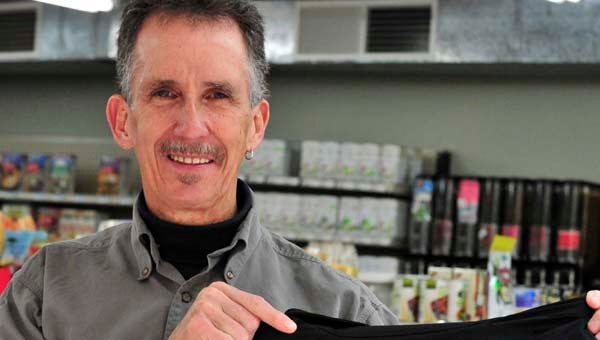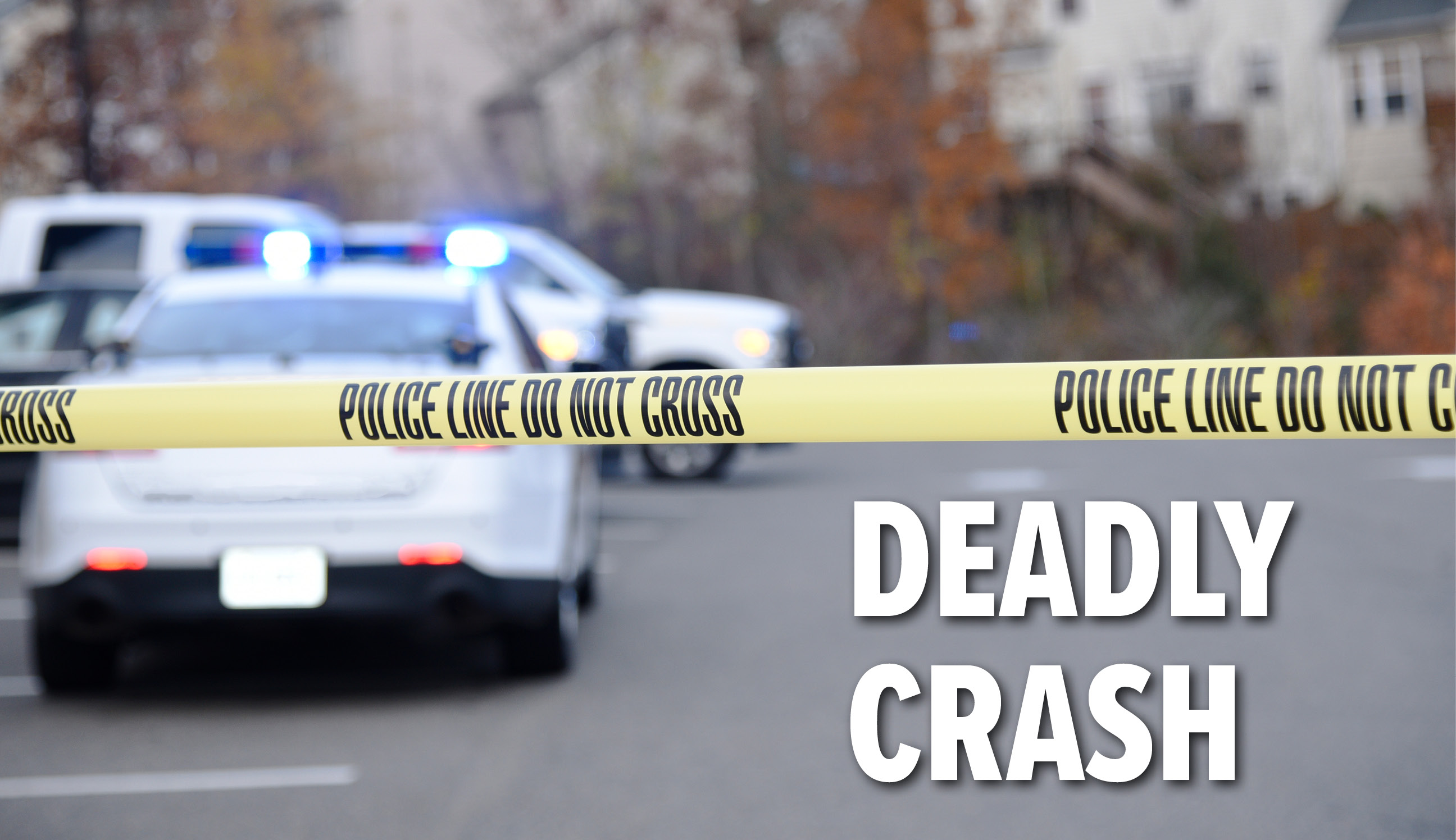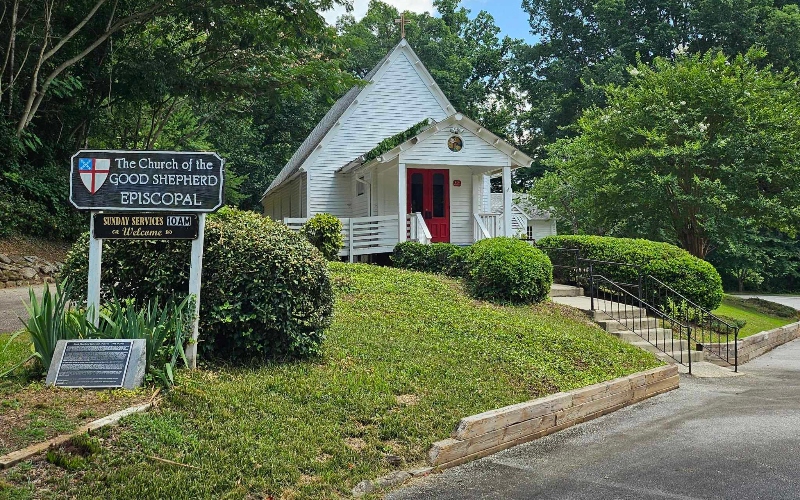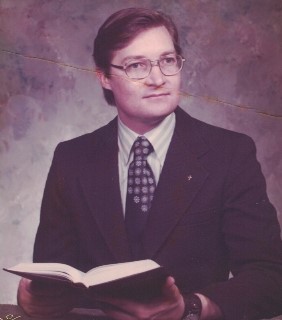John Cash: Cycling with the pros is a chance of a lifetime
Published 10:00 pm Friday, February 20, 2015

For seven days this past January, avid bicyclist John Cash and one other amateur cyclist pedaled 450 miles alongside the Trek Factory Racing Team (TFR) on the island of Mallorca, Spain. Trek is a bicycle brand.
This opportunity was something like Fantasy Camp spent with a major league baseball team for a week. But, this camp, offered by Trek Travel, involved all-out work by advanced amateurs who dared work out on the roads with the professionals.
“They were hard miles,” reported Cash, who cycles some 10,000 miles each year, including many of this area’s most demanding climbs.
Trending
Cash, who lives in Landrum with his wife Diane said it was “amazing, getting an experience to train with the pros for a week.” Cash and his wife own and operate Nature’s Storehouse in Tryon.
“If you were up to the challenge, and you wanted to do it, you paid your money and went,” said Cash. He described the training as “avid-plus.”
Ten slots were available for qualified amateurs to join the Trek team. Only one other besides Cash took the challenge. That was Javier, a 49-year-old from Valencia, Spain. He and Cash formed a “great friendship.”
Up by 7 a.m. daily, cyclists worked at one hour of body core training. After breakfast, riders cycled for five to seven hours, or about 70-100 miles, including hill-climbing intervals. While the pros often had to complete more of the intervals, “we were involved in everything,” Cash reported.
Except for day one, which consisted of an easy (for that level of rider) two-three-hour ‘free ride,’ “we didn’t go out and do any joy-riding,” Cash noted. Some of the climbs went from sea level to 2,000 meters, or over 6,500 feet, above sea level.
Cash is accustomed to extreme exertion on a bike. Last summer, he competed in a 90-mile, one-day road race in Colorado, near the end of which, was a three-mile or so climb on a gravel road with a grade similar to that of the climb on nearby Howard Gap Road. While some exhausted and frustrated racers dismounted and pushed their bikes up the remaining grade, Cash stayed on his bike and finished the climb. Why?
Trending
“I couldn’t tell the people back home that I got off my bike.”
Each of the Trek pros underwent specialized training for different races and racing, whether it was climbing, domestique, or all-around. A domestique is a strong rider who provides drafting for a teammate or teammates, who will charge ahead and go all-out near the end of a given race stage.
After each daily ride, cyclists returned for lunch, followed by a massage, and eventually supper and a meeting to discuss the next day’s training. A Trek racing chef prepared each day’s three meals. Cash, Javier and the pros ate each meal together.
Equipment was no problem, and certainly no travel hassle.
“They fitted us with Pro team bikes, including precision fit by one of their pro fit people,” said Cash. “All I took was my shoes and my pedals.
“They gave us a new helmet. They wanted us to look like pros, like the rest of the team. They also fitted us with TFR kits and clothing so we would all look the same on the road.”
The 22 team members hail from 18 countries. One is from the U.S.
Cash was equally impressed with the professionals, who charged off each morning “full gas,” he reported.
He described that week as “an experience of how professional athletes train and prepare for their races. Even being an avid athlete that I am,” Cash continued, “I was overwhelmed with the intensity. It was like another day at the office for these guys. That’s what they do for a living. The thing that impressed me most about these kids is their ability to go to full gas in nanoseconds.”
Cash also noted the beauty of watching the spectacle the racers displayed.
“We (Cash and Javier) were going 50-60 KM/hour (about 31-37 mph) on down hills. They were going 70-80 (about 43-50 mph). Their bike-handling skills were a beauty to watch,” said Cash.
Everything about the training was professional, Cash reported. Each day three team cars traveled with them, as well as a team physician.
“This team,” Cash said, “from the directors to the massage therapists, the bike mechanics, chefs and riders, they all treated us like we were part of the team. That was an awesome experience. I think we were a nice addition to the team . . . They had fun with us. They were some of the best riders I’ve ridden with. They were also very safe and cautious riding in groups.”
Cash reported that the team’s technical director gave him and Javier a one-hour session on how they could improve their speed based on goals that they had.
On day five, Cash, who rides hard on climbs, but more conservatively and safely on descents, took a bad spill while negotiating a flat at about 28 mph. His bike hit a slick spot, and he went down. Though he suffered a broken wrist — a clean break, he reported after he returned to Tryon– he managed to complete the training.
However, he said, “I got some road rash. I was really, really sore the next day.”
With the temporary aid of a brace, Cash was able to continue his normal training in our foothills.
“The thing I took away most,” Cash said, “was a deeper joy, and satisfaction for being able to cycle, to come home and enjoy what God created for us to enjoy. I came back with a new appreciation for the journey.”





